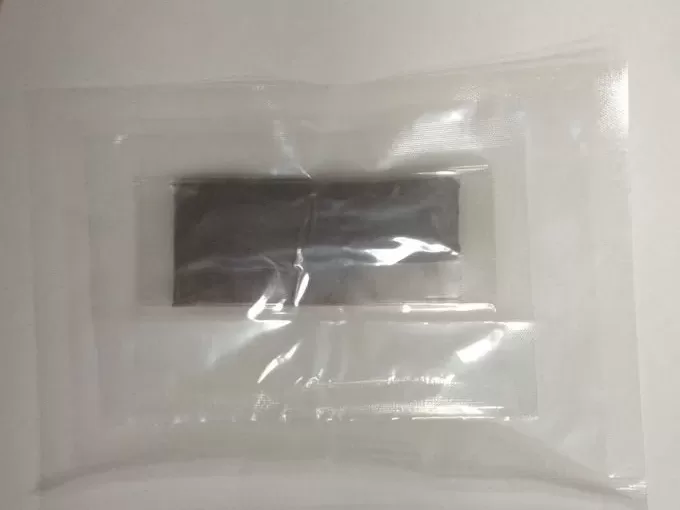Zirconium disulfide is gray powder with metallic lustre, which is a semiconductor material. It is relatively stable and don’t decompose by water, which doesn’t oxidize in air too. It is insoluble in water, dilute acid and alkali and most organic solution. When heating to red hot, it fires and turns into zirconium dioxide. When temperature above 800℃, it would’t melt and would decompose or sublime directly. Zirconium oxide and carbon disulfide are the raw material.
Zirconium sulfide is a high-temperature, chemically stable material with excellent lubricating properties and semiconductor characteristics, making it valuable in various advanced applications, particularly in electronics, solid lubricants, and catalysis. Known for its thermal stability and resistance to oxidation, ZrS2 is an ideal material for use in challenging environments, where reliable performance and durability are essential.

Zirconium Disulfide
| CAS No.:12039-15-5 | EINECS No.:234-885-1 | Molecular Formula:ZrS2 | Molecular Weight:155.35 |
| Density:3.87 | Melting Point:1550℃ |
| ZrS2 | Ag | Al | Co | Cu | Fe | Cd |
| ≥99.99% | ≤5ppm | ≤10ppm | ≤4ppm | ≤5ppm | ≤12ppm | ≤4ppm |
| Mn | Ni | Pb | Au | Zn | Mg | |
| ≤5ppm | ≤5ppm | ≤10ppm | ≤4ppm | ≤5ppm | ≤8ppm |
Applications
In electronics, zirconium sulphide is studied for its semiconductor properties and potential applications in thin-film transistors and flexible electronic devices. ZrS2‘s stability and ability to conduct electricity make it a promising material for nex-generation electronics, particularly in flexible and wearable devices that require materials capable of maintaing performance under physical stress. This opens new possibilities for ZrS2 in the development of lightweight, adaptable electronic components that can withstand demanding conditions.
Zirconium sulphide is also prized for its lubricating properties, especially in high-temperature and vacuum environments where traditional lubricants are ineffective. ZrS2 can be used as a solid lubricant in aerospace, auomotive, and industrial applications where reliable lubrication is required under extreme conditions. Its unique layered structure allows it to reduce friction efficiently, ensuring smoother operation and longevity for mechanical components exposed to high heat and stress.
In catalysis, zirconium sulphide shows promise as a catalyst for various chemical reactions, including those in environmental and energy-related applications. ZrS2 is explored for its potential to support catalytic reactions in hydrogen production, desulfurization processes, and other industrial applications that benefit from itst stability and efficiency in facilitating chemical transformations.
